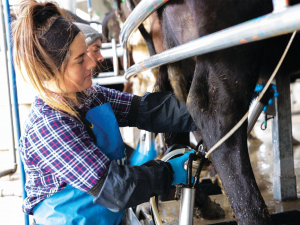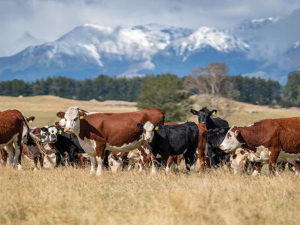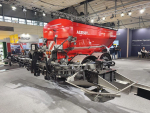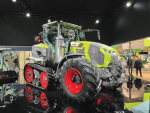DairyNZ has developed advice, tools and resources to support dairy farmers and their teams to farm safely during the Covid lockdown.
It urges farmers to keep themselves and their employees safe at milking during COVID-19 with the following tips:
"We know from medical professionals that Covid-19 stays on surfaces for at least 72 hours and is transferred via droplets. This means that we have to be extra vigilant with the hygiene of our shared work surfaces, and that we must maintain a distance of two metres from others to minimise its spread over the next four weeks of lockdown.
"Traditionally, and especially in our herringbone milking platforms, we worked closely together and with no disinfection of our surfaces. To keep everyone safe, we now need to make changes to how we milk."
What can you do to help keep your employees and yourself safe?
Tips for working together while milking
- Herringbones options
- Where possible milk with one person in the pit
- When two or more people are required to milk, set up the dairy with a set section for each milker, i.e. in a 40 aside one person milks cups 1-20 the other 21-40 and milkers keep 2 metres apart. Although bunny-hopping is the most efficient milking method in a herringbone, this won't achieve the distancing needed.
- Rotary options
- Where possible milk with only one person at cups on
- Some larger rotaries require two people for cups on and if this needs to be maintained then the milkers must always stand two metres apart
- Where rotaries have two people present for herd change overs, or one person at cups off, then it is essential that staff always keep two metres apart
- General requirements
- Wearing gloves during milking should be compulsory at this time. Ensure that you remove gloves once you are leaving the dairy to go home or to other areas of the farm
- After you remove your gloves, wash your hands thoroughly with soap and warm water
- If two metre physical distancing can’t be achieved because you want to still do the bunny-hopping routine in a herringbone, or have two people cupping closer than two metres in a rotary, then staff should wear masks.



















